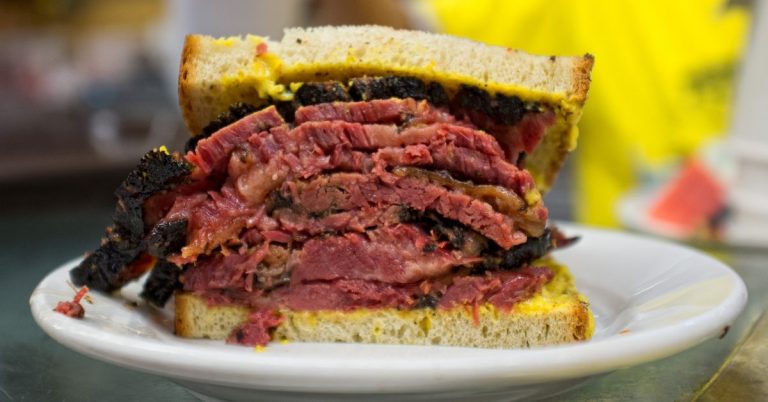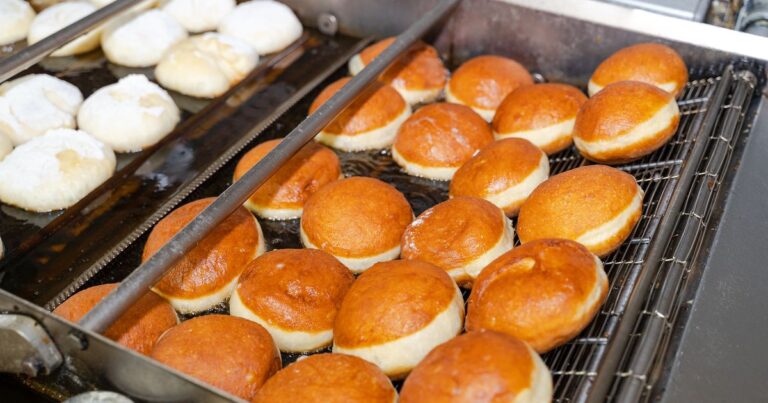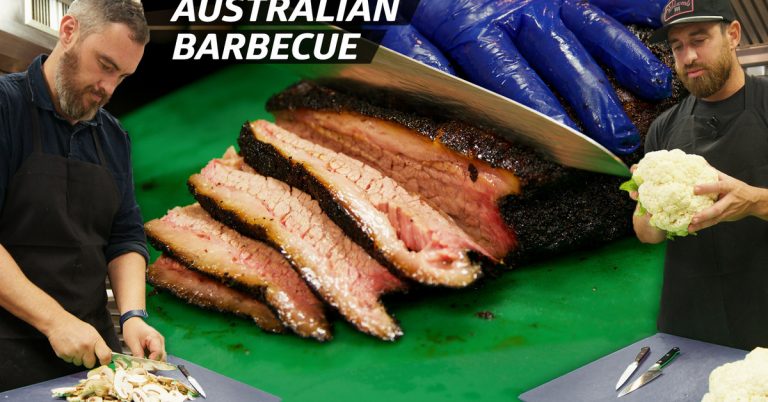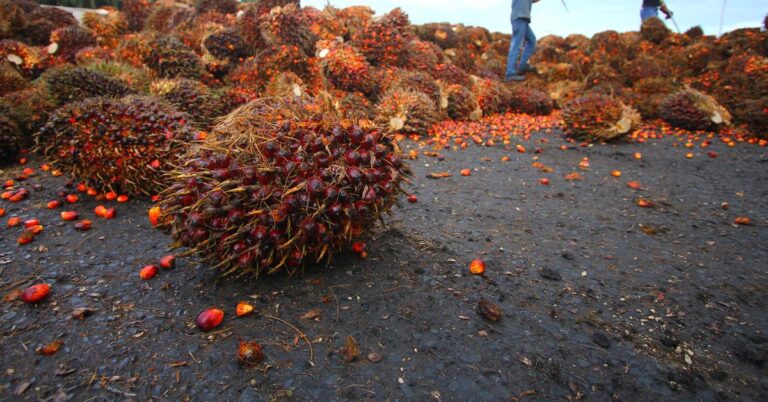How a Master Chef Runs One of NYC’s Best Vietnamese Restaurants
At NYC’s Di An Di, chef Dennis Ngo employs a team of chefs with diverse backgrounds to create some of the best Vietnamese food in the city, including pho ga, cha gio, hake filets, and more. The backbone of all these dishes is chicken stock, which Ngo makes gallons of daily.
He starts his day by visiting Bo Bo, a chicken distributor in Brooklyn’s East Williamsburg neighborhood, to pick out the birds that go into his stock. Ngo likes this distributor because they breed their chickens specifically for the Asian market, which values dark meat and the leg and thigh. “These are older chickens actually, and we’re going to get a much more delicious stock by using an older chicken as opposed to a younger chicken,” says Ngo.
As soon as he gets back to his restaurant, Ngo has to break the chickens down and get them into the steam kettle, where all the stock production happens. The 15 birds will equal 15 gallons of stock, with the entire process taking about five to six hours.
When Ngo initially dumps the chickens into the steam kettle, the stock looks cloudy and murky. His goal throughout the day is to never let the machine hit a rolling boil, which clouds the liquid. To finish out the process, Ngo adds the aromatics, in this case, ginger and onions. He explains that the restaurant prepares these ingredients in a non-traditional way in that they don’t pre-roast them. “My personal opinion is the roasting aspect doesn’t necessarily yield a product that I am particularly happy with,” Ngo says. “It makes the color of the stock a little bit darker than I would prefer, I like something light and blond.”
Ngo adds the onion and ginger about three or four hours into the process, along with fish sauce and salt. At this point the stock begins to change color and a gold layer starts to form at the top. Once the chicken stock is ready, Ngo strains out all the bones and passes it through a filter that further clarifies the product. They then get it into an ice bath to rapidly cool, so as to ensure there is no bacteria growth.
After it’s ready, the stock goes into many of Di An Di’s dishes, including the pho ga. “Stock is definitely the lifeblood in the restaurant,” says Ngo. “Not only does it go into our soups, but sometimes it finds its way into sauces.”






